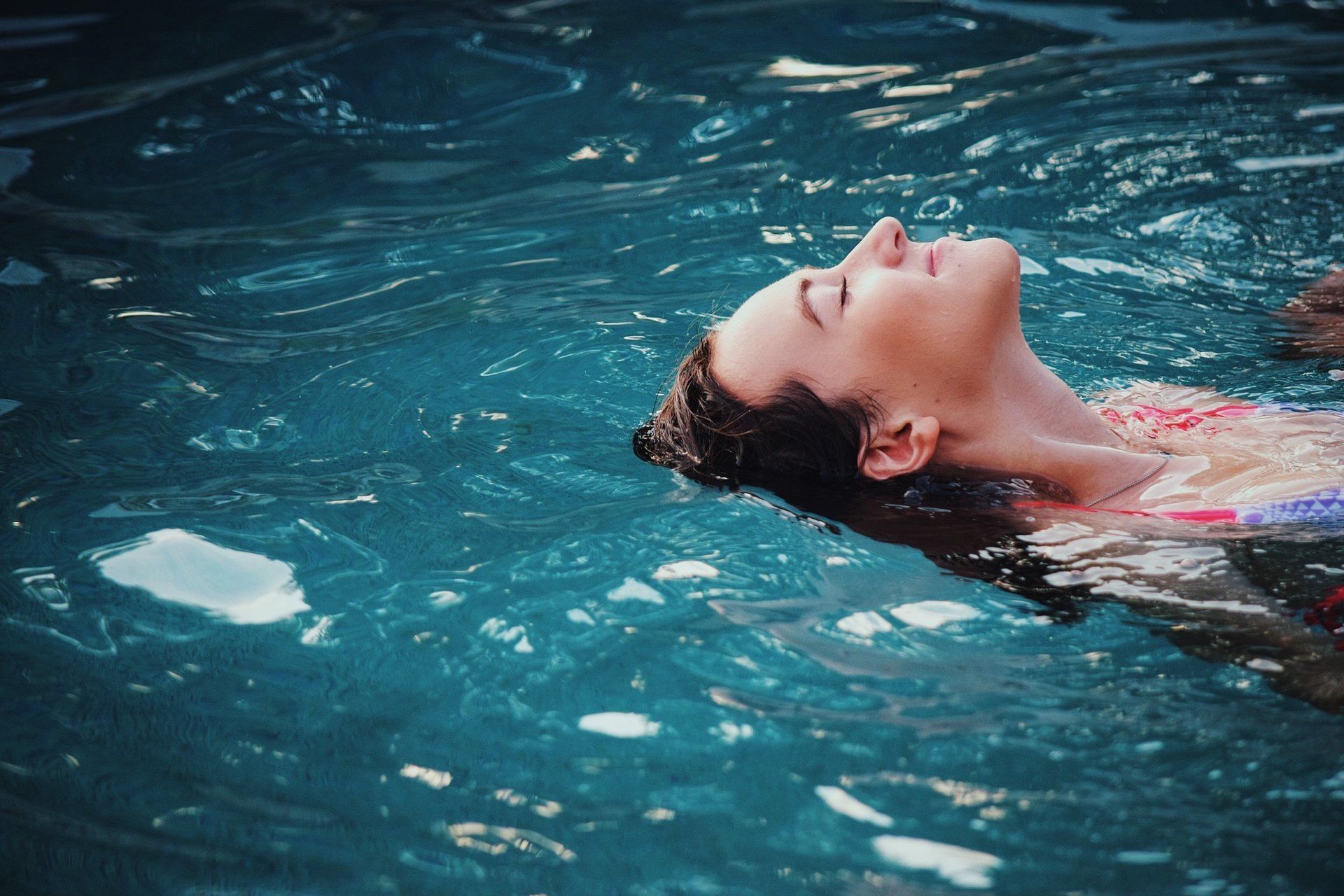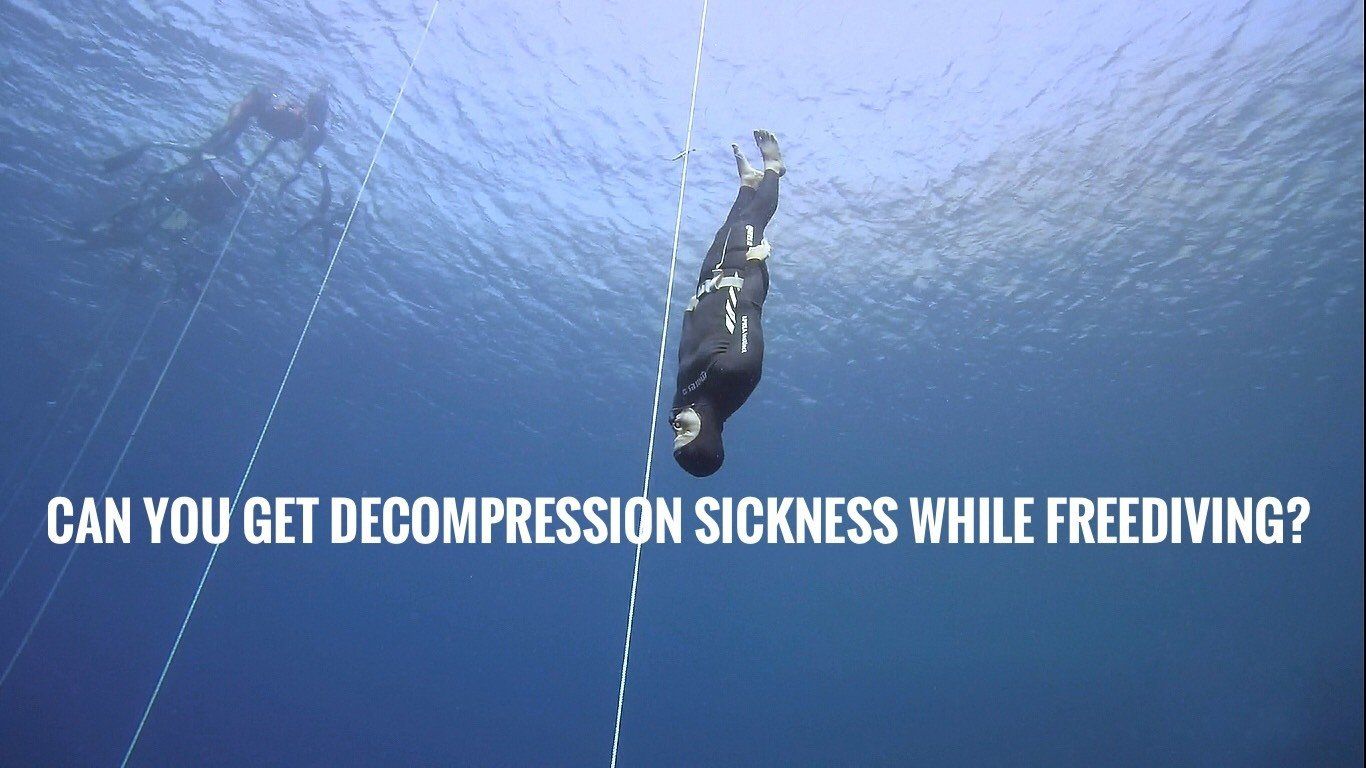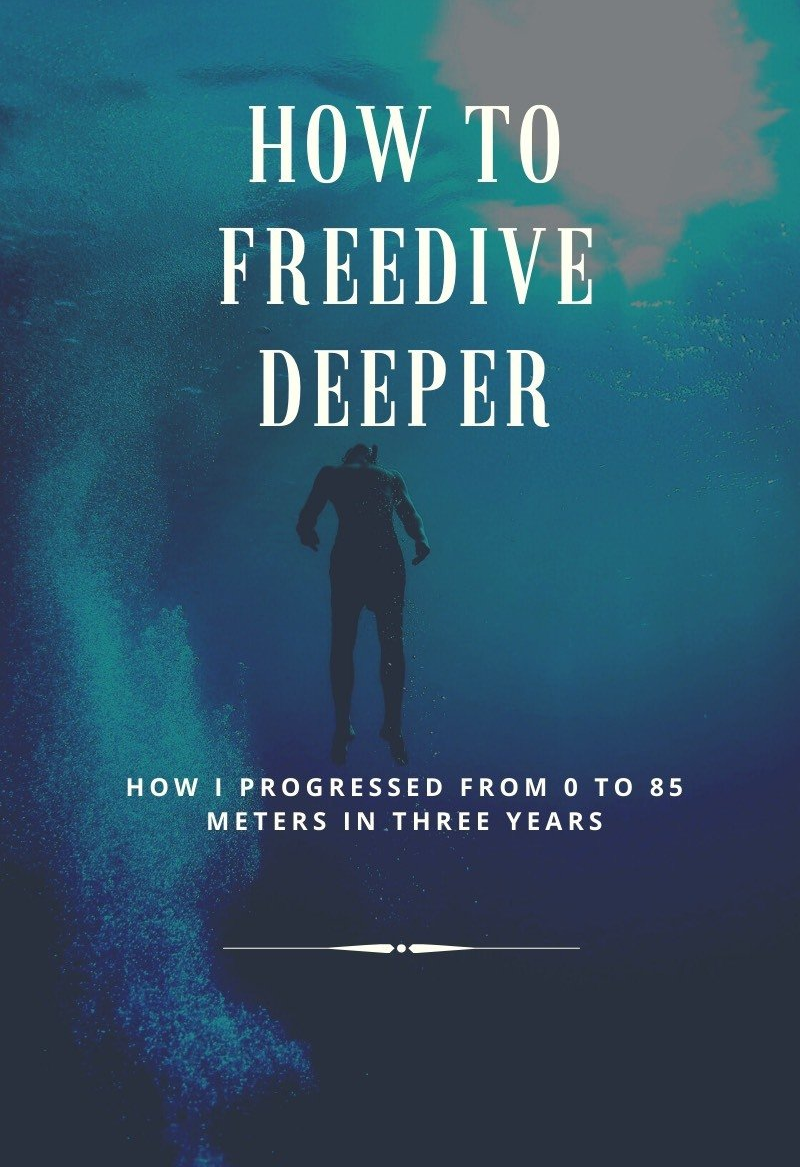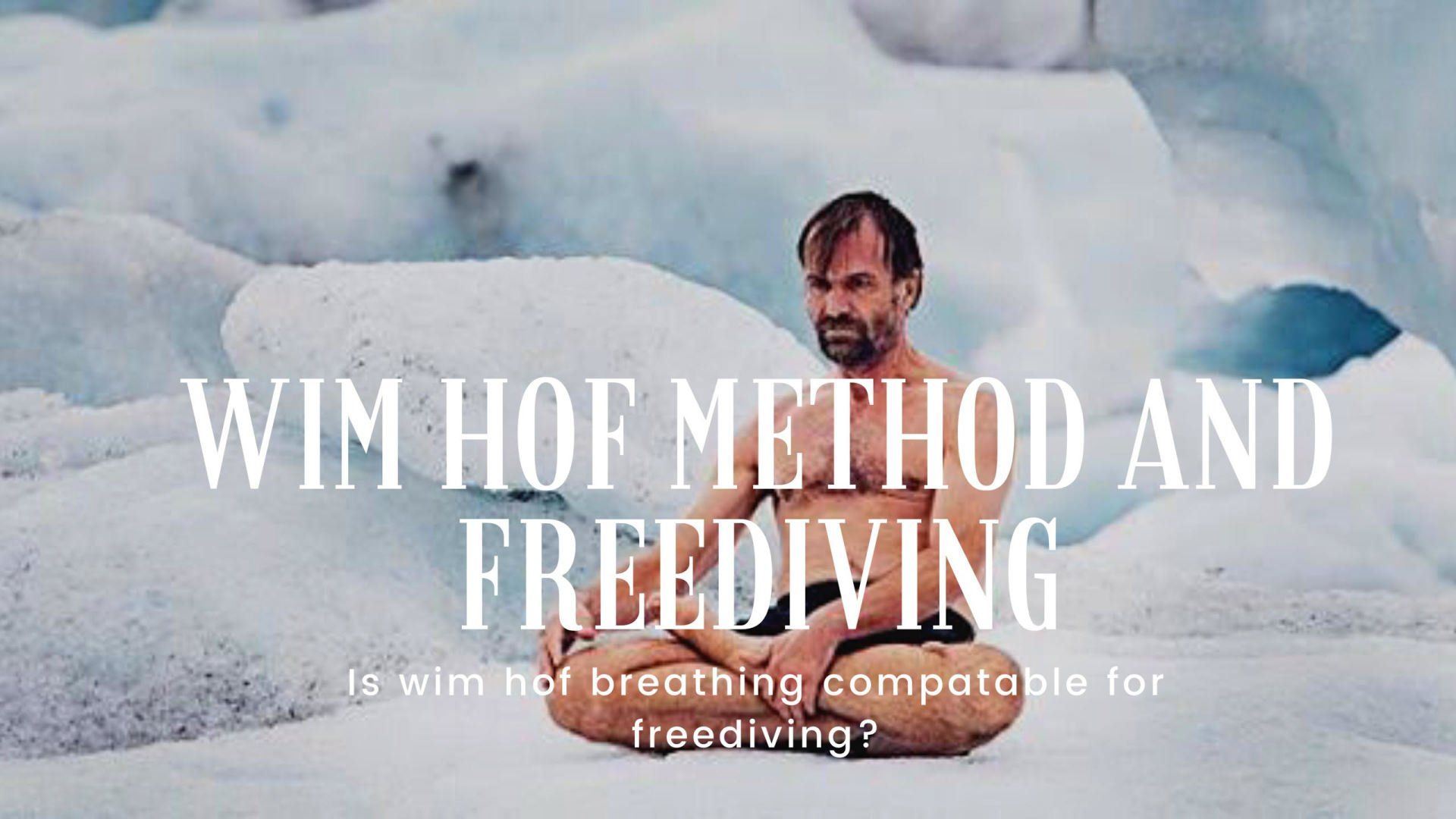Freediving injuries and how to prevent them from happening
Alexander Nilsson • August 10, 2019
What do we injure when freediving? In this article i will try to answer that and also how we can avoid getting injured in the first place
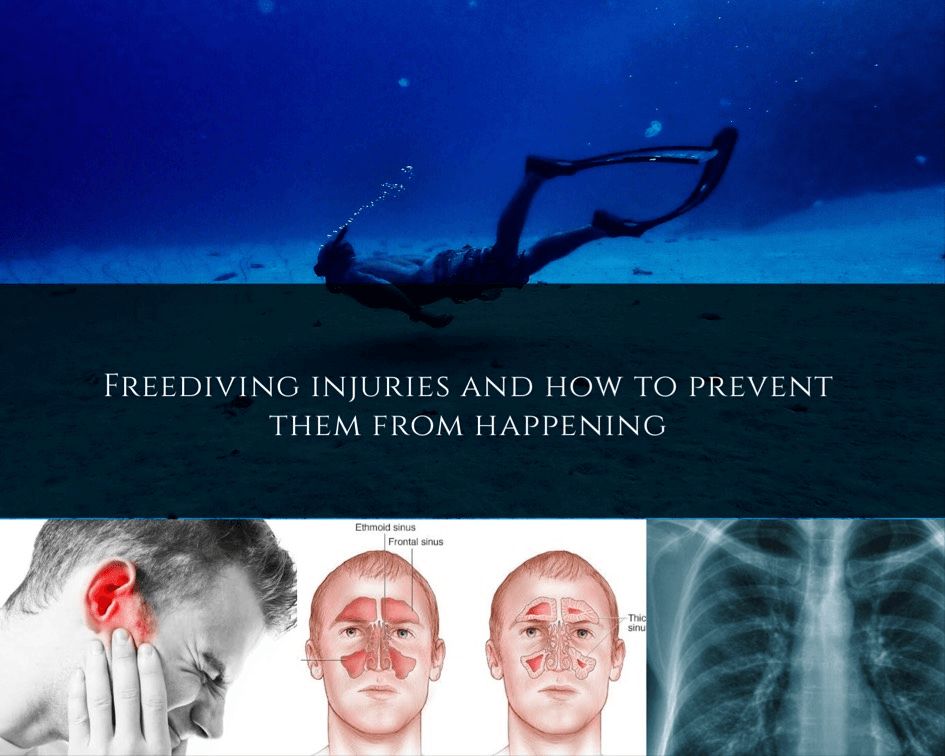
Like in most sports, freediving involves a risk of injury. The injuries however don’t look at all similar to those sustained in other sports like soccer, running or climbing, where a broken ankle or arm may be more common.
In freediving on the other hand, twisted ankles and broken bones are virtually unheard of, as our injuries usually relate to the pressure change experienced by our bodies when diving. In In this article, I will describe where and how they most commonly happen, as well as how to prevent them from occurring.
The ears
This is the part that you’re most likely to injure when freediving. It can happen to anyone that tries to dive down into the water, even just a meter or two.
If you have tried to go down below the surface without equalising the ears, then you know how painful it can be. Your ears are unable to equalize the higher external pressure of the water with the lower internal pressure of the ears. Your ears are telling you that you need to go back to shallower waters. If you then continue down only even a meter without equalising, you run the risk that the membrane in the outer ear may rupture due to the rising pressure, giving yourself a barotrauma (pressure injury).
How to prevent it
1. Always equalise before feeling discomfort. It is very important to never continue down if you experience pain or discomfort in your ears.
2. Equalise every meter on the way down. Better to do it too often than infrequently, before you feel any pain in the ears.
3. Be aware and careful of diving with sticky ears and make sure to turn around and come back up if one ear doesn’t equalise. (Sticky ears = having mucus in the eustachian tubes, making it hard to equalise)
Sinuses
The sinuses, small air-filled cavities behind your cheekbones and forehead, are also a part prone to injury when freediving. They go hand-in-hand with the ears, as the sinuses usually equalise simultaneously with the equalisation of the ears. But sometimes they fail to do so if you are suffering from a cold or have recently had a cold. Some people are more prone to sinusitus (inflamed sinuses) and therefore develop problems with the sinuses from a sudden change in temperature in the water or on land, using air conditioning for example.
Injury to the sinuses can cause blood coming from the nose, feeling pressure in the sinuses on land or headache after diving.
Injury to the sinuses can cause blood coming from the nose, feeling pressure in the sinuses on land or headache after diving.
How to prevent it
1. Do not dive if you have a cold.
2. Don’t go further if you feel any pain in the area of your sinuses.
3. Rinse your sinuses with a neti pot with saline solution before diving.
4. Avoid using air condition in the room prior to diving.
4. Avoid using air condition in the room prior to diving.
Lungs and trachea squeeze
These are some of the most serious injury in freediving and usually happens when the freediver dives too deep, too fast, not giving the body time to adapt to the pressure. If so, the lungs or trachea might get injured due to the pressure. When coming up, the freediver will then have the urge to cough, spitting up blood with their saliva.
This is not likely to happen if you’re just snorkelling around or freediving to a depth shallower than 30 meters, but there is still a slight risk anytime you’re immersing yourself and increasing the pressure exerted on your body.
This usually happens to more advanced or competitive freedivers and can happen for a couple of reasons, but the most common reasons include-
Not being well adapted to the depth. When diving deep you have to be very careful that you’re not diving too deep, too fast. Always get used to the depth and never dive beyond 3 meters of the previous depth you were comfortable at.
Other common reasons for having a lung or trachea squeeze can be having strong contractions at depth or a poor equalisation technique.
How to prevent it
1. Always dive within your limits. Never dive deeper than you’re comfortable with.
2. Do not exceed by more than 3 meters the depth you did comfortably last time. This is similar to rule number one, but it’s worth repeating. Never push down to a depth that you’re not comfortable with.
3. Avoid having big contractions down at depth. Even though we will probably have contractions when diving deep, we want them to be as light as possible and we don’t want the contractions to come as a surprise. Instead, be aware as the urge to breathe increases and be prepared to make the diaphragm move softly with the contractions. This can be trained dry on static breath-holds.
4. Practise equalisation so you have a good equalisation technique before diving deep. It’s also a common issue that people injure their lungs when they, without realising, take up air from the lungs. This could be dangerous because the lungs are so compressed down at depth. For example, when you are down at 40 meters, then your lungs are a 1/5 of their full size, and to take up air from your lungs when they are so compressed could result in an injury.
5. Do not do any hasty movements down at depth. We want to move like in slow-motion when we’re diving deep, so we stay relaxed and don’t surprise the tissues around our lungs and trachea with sudden movements.
6. Never tilt your head at depth. This could result in a trachea-squeeze. Always look straight, at the line, so you have your head in a natural position when going down.
If you would happen to injure your lungs or trachea when freediving, you have to take enough rest to get the tissues healed up again.
The time for recovery varies from person to person, but a general consensus is 3 weeks rest.
Although there are other types of injuries, these are the most common injuries I have come across in freediving, both from my own experience, as well as seeing and hearing about other freedivers getting injured.
Freediving, like all activities, involves a risk of getting hurt. But by taking responsibility for our own diving safety and making sure that we’re not taking unnecessary risks, we can effectively mitigate the risk of injury.
Dive safe!
Dive safe!
Share article:


